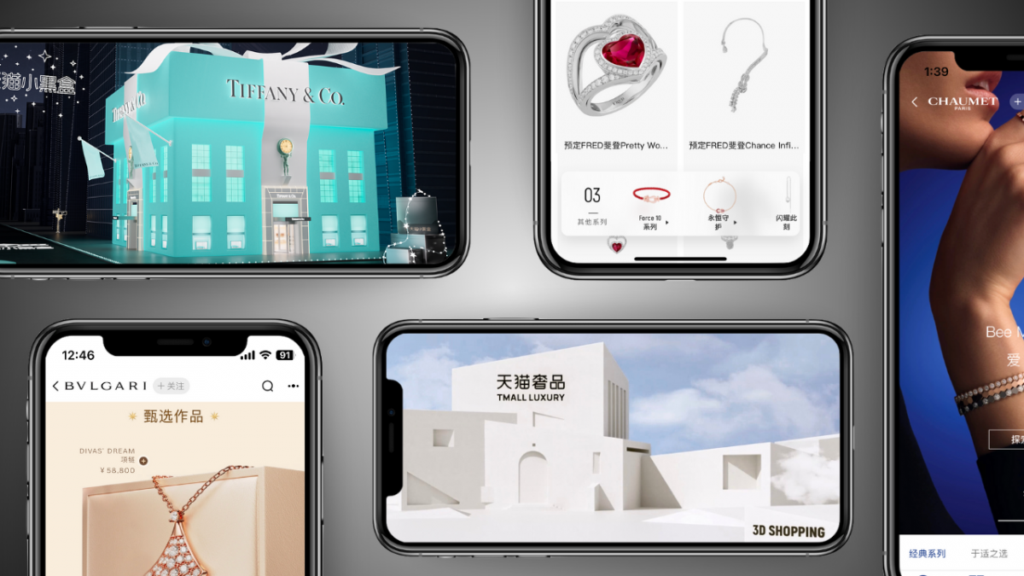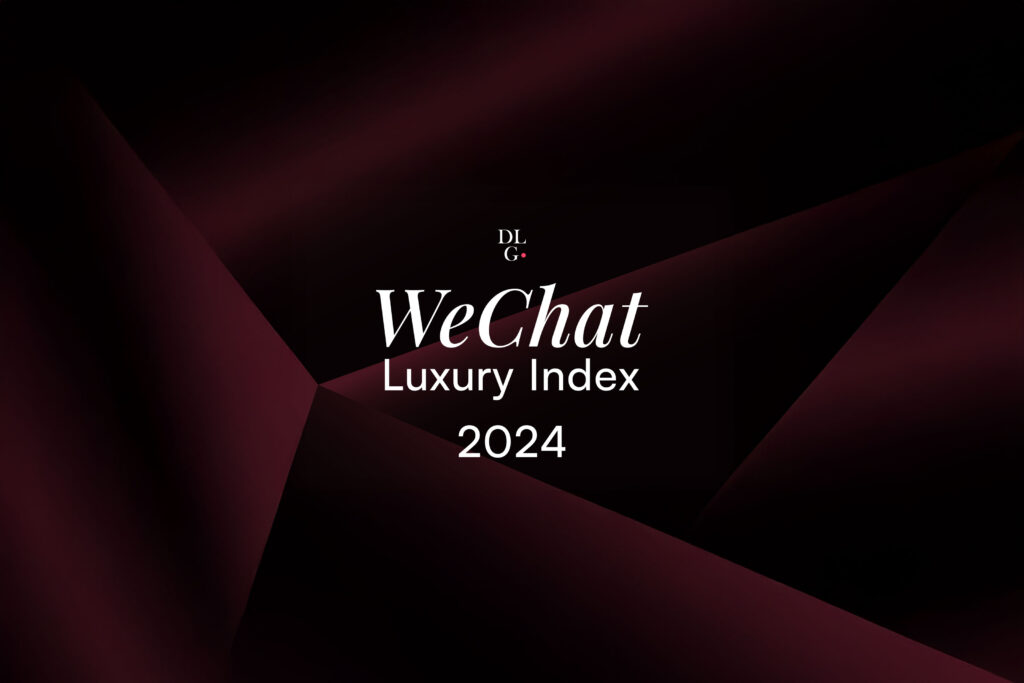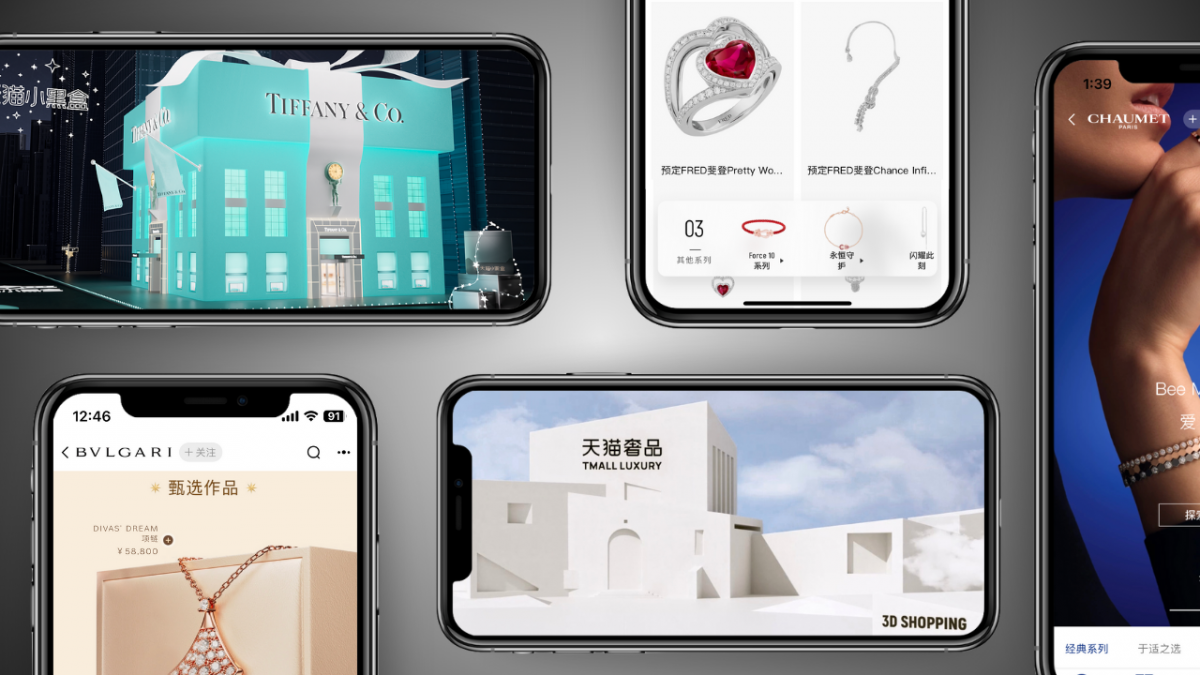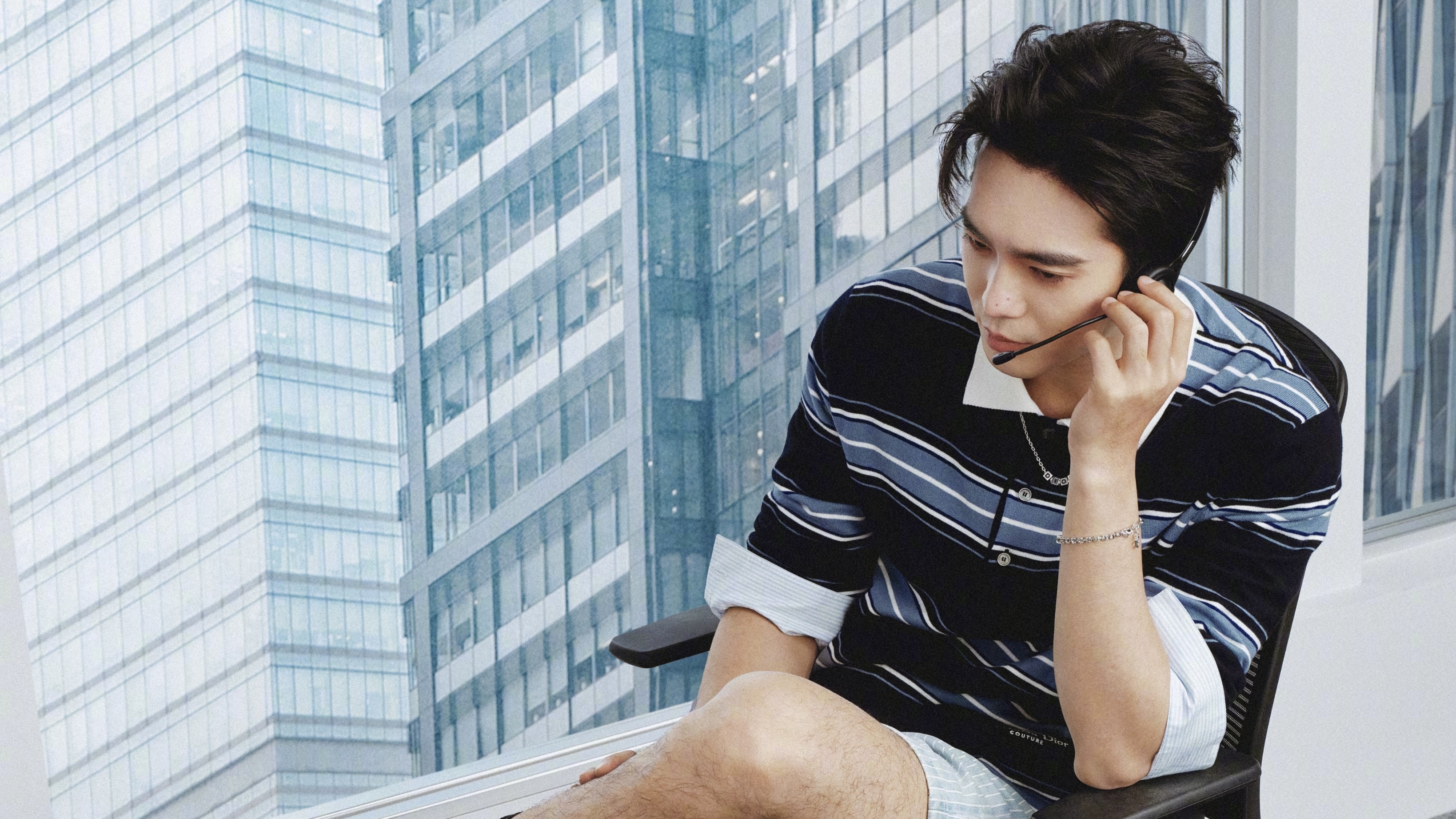Agility Research shares with Luxury Society which luxury brands are leading today in China amongst an affluent audience.


Number of Montblanc stores in China by end of 2015: 115
9. Gucci

Number of Gucci stores in China by end of 2015: 60
8. Prada

Number of Prada stores in China by end of 2015: 40
7. Armani

Number of Armani stores in China by end of 2015: 154
6. Versace

Number of Versace stores in China by end of 2015: 36
5. Burberry

Number of Burberry stores in China by end of 2015: 55
4. Louis Vuitton

Number of Louis Vuitton stores in China by end of 2015: 44
3. Hermes

Number of Hermes stores in China by end of 2015: 22
2. Dior

Number of Dior stores in China by end of 2015: 22
1. Chanel

Number of Chanel stores in China by end of 2015: 11
Despite only having 11 stores in China by the end of 2015 (the fewest among the 10 brands), Chanel has landed the number 1 most popular luxury clothing and accessories brand in China, whereas Armani, with a whopping 154 stores in the country, only managed to land 7th place. Similarly, Louis Vuitton, the world’s most profitable luxury fashion brand, has only managed to score 4th place.
Key Takeaways
The first and most obvious lesson here is that more stores does not equate to more mindshare or popularity. Physical store visits and window shopping at malls are not the only sources of awareness for brands and there are many different other choices, such as the brand website and fashion magazines that consumers peruse. Some of these brands may be more efficient and effective at using these other avenues for their marketing campaigns than others, and have therefore managed to reach more audience.
Another key implication is that scarcity or the limited number of shops may create a unique dimension of exclusivity. This draws some consumers and aligns with the brand being hard to get or more limited in supply therefore drawing higher perception of the brand. Indeed, 70% of Chinese affluent consumers agree that they buy luxury brands for their exclusivity.
Moreover, Chinese consumers care about a brand’s product quality with the “superior quality” attribute taking up the most weight in the total sum of products for the calculation of the brand index used for this ranking; therefore, brands most popularly voted to have superior quality are bound to land top 10 spots in the overall ranking. What this implies is that to appeal to Chinese consumers, superior quality needs to be showcased and emphasized in all creatives and campaigns, either through words or imagery – such as by exposing the quality of the material better.
Lastly, one may notice that the Top 10 brands tend to be big global names, such as Chanel and Louis Vuitton. What this means is that consumers might be more prone to associating brands that are already widely known globally with attributes like “superior quality” and “superior customer service” even when they may not reflect the brands’ actual qualities. Those at the top can use this as an advantage, yet those who aren’t need to work harder and more effectively to promote their brand, products and services.
To find out more about detailed rankings, metrics and consumer insights from Agility, visit www.agility-research.com










